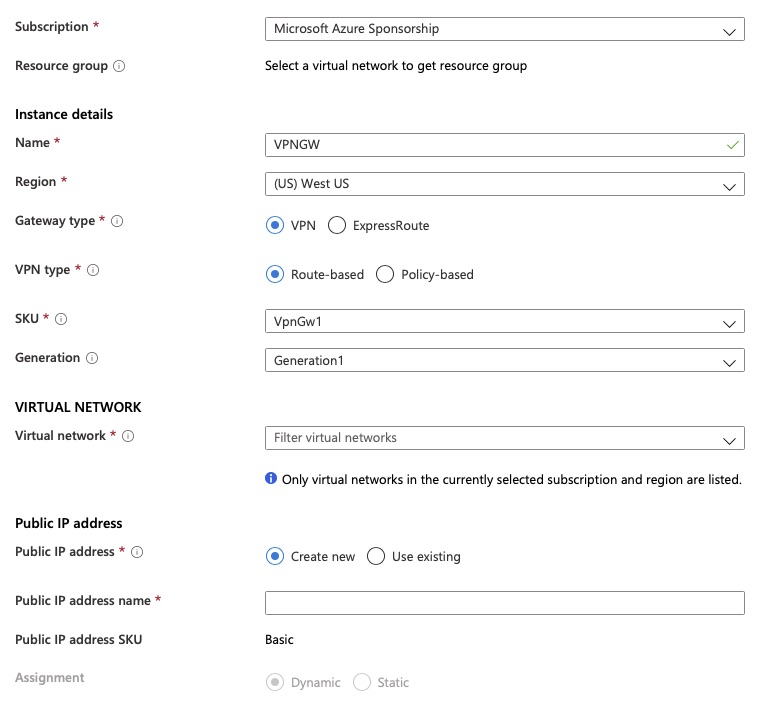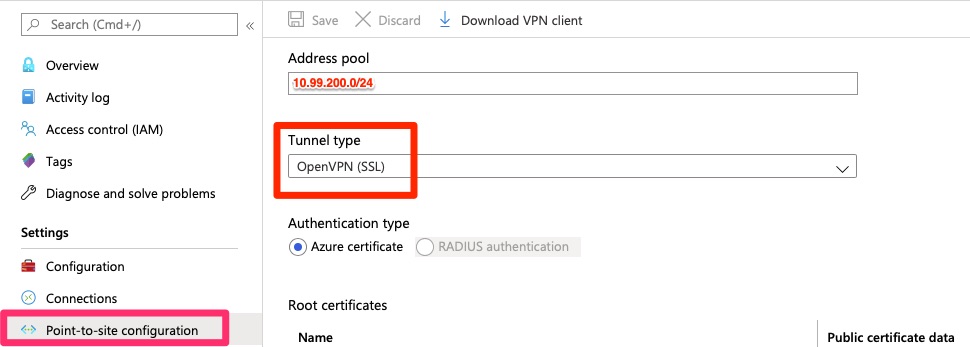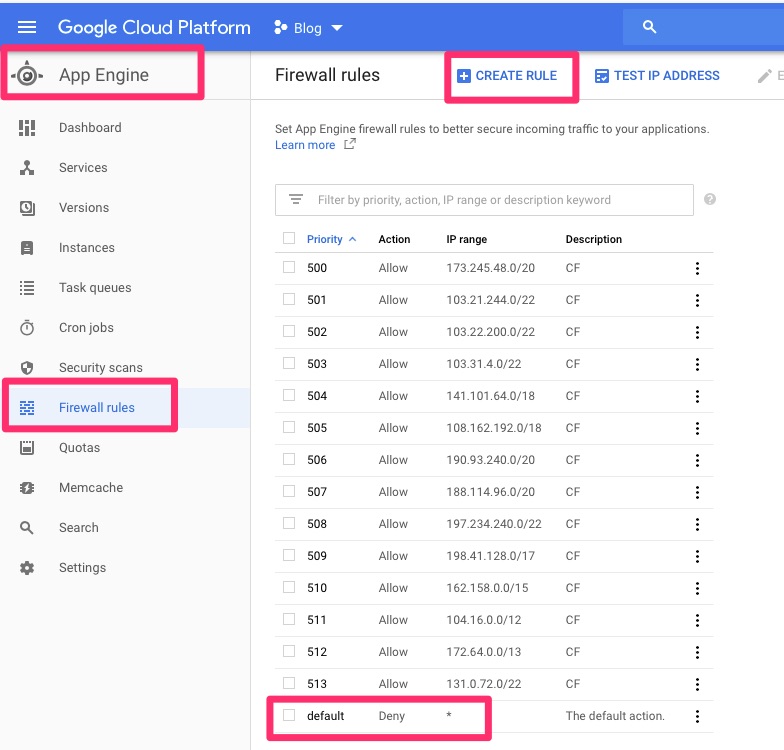Summary
From time to time I get requests from colleagues, “Can you ping this address?”. Many times what is going on is they are bringing up a new internet link and want to check routing. Sometimes they areadding a public endpoint and want to make sure its accessible. They are asking me because within their network it works but they need to make sure it is accessible or routing properly over the internet.
BGP Looking Glasses are a great tool for this if you would like to be self sufficient. You can also get a wider view than just a few colleagues. My favorite one is HE.net’s https://lg.he.net
What is BGP?
BGP Stands for Border Gateway Protocol. It is the standard exterior gateway protocol for internet routing. While an internal network may use something like OSPF for its interior, BGP is better suited for exterior routing.
One of the few keys to understanding BGP at a high level is to understand it is a distance vector routing protocol. These routes are typically better suited for WAN routing as they are a bit more light weight. The downside is that each router’s perception of the internet is key. There is no unified single view of the internet routing. Each router has its own perception of the internet based on the BGP routes it receives.
This is why Looking Glasses are so important. You can see the perception of various points on the internet. This can help you determine internet traffic destined to your infrastructure is taking the expected and optimal path.
HE.net’s Looking Glass
Here is a small snippit of HE’s LG. They have various routers all over the world that would not fit into this screen shot. You can also see the various functions you can perform on the right hand side.
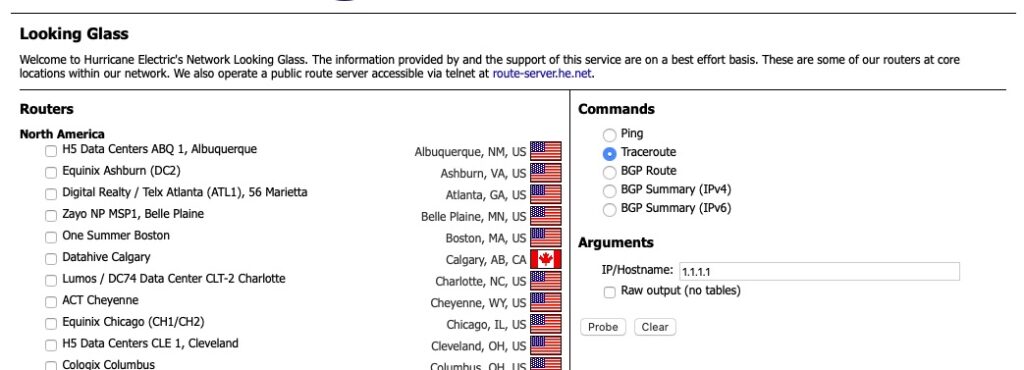
Ping and traceroute are fairly self explanatory. For ping it just returns the results of an ICMP ping and traceroute shows a list of routers in the path of getting to the destination.
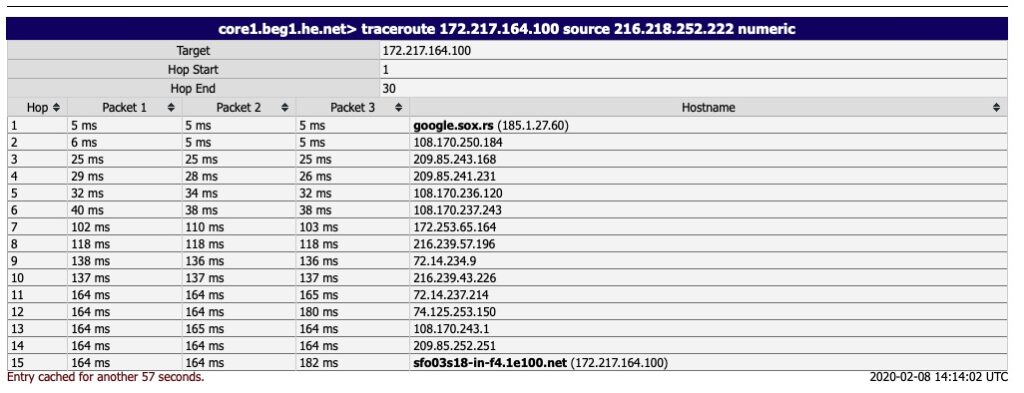
The real value here is the “BGP Route” option.
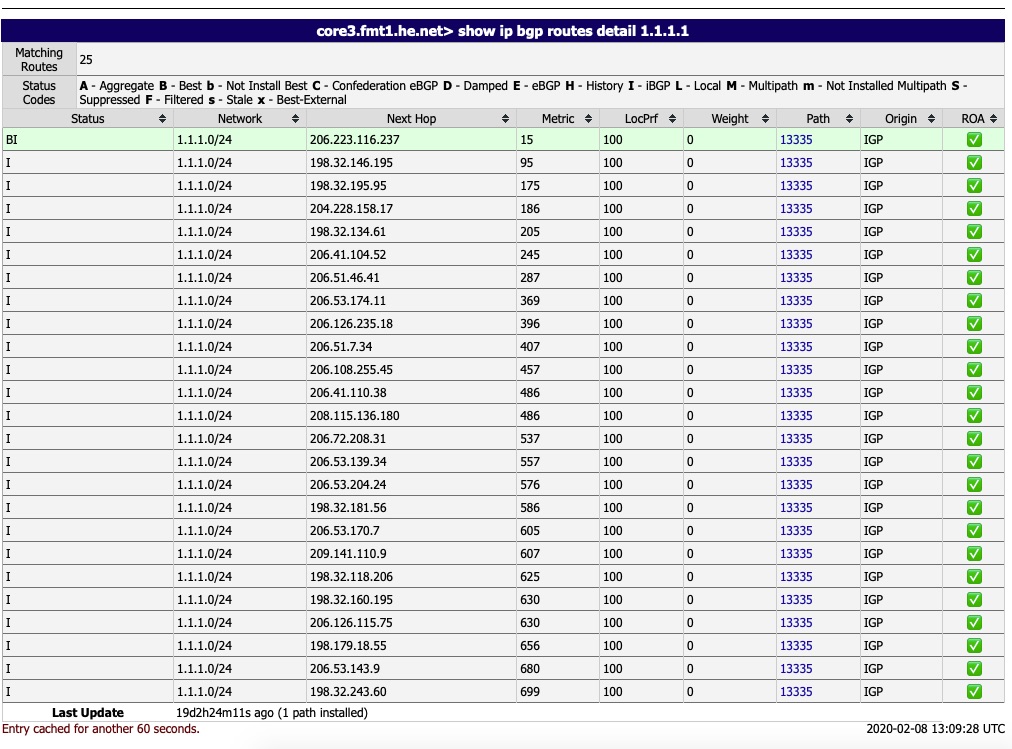
Here we can see all of the BGP peers this particular router has learned the route to 1.1.1.0/24, the AS path it takes and which one it selects as the best path.
Autonomous Systems
If you are new to BGP and dynamic routing protocols you may be wondering what an AS (Autonomous System) is. In BGP world, it is basically a grouping of similar routers that announce a similar set of subnets or prefixes as they are called in BGP. BGP groups systems together by AS. As each router learns a route, it appends its own AS to the AS path before passing it along.
The above is a bad example because it shows a single direct AS path as HE appears to be directly peered with CloudFlare (AS 13335). CloudFlare is very well peered on the internet. Below is a better example. It at least shows it passing through AS 1299 (Telia) to AS 174 (Cogent)

It seems HE.net is fairly well peered but here is another router output that shows some decent AS paths and the differences. AS 174 being Cogent and AS 209 being CenturyLink and AS 3356 being Level3 it chooses the shortest AS path. Keep in mind the traceroute through CenturyLink could possibly be shorter actual router hops. A shorter AS path does not necessarily mean less latency or shorter traceroute hops.
#show ip bgp 73.0.0.0/8
BGP routing table entry for 73.0.0.0/8, version 767462940
Paths: (2 available, best #1, table default)
Advertised to update-groups:
18
Refresh Epoch 1
174 7922, (received & used)
X.X.X.X from X.X.X.X (X.X.X.X)
Origin IGP, metric 13031, localpref 100, valid, external, best
Community: 174:21000 174:22013
rx pathid: 0, tx pathid: 0x0
Refresh Epoch 3
209 3356 7922, (received & used)
X.X.X.X from X.X.X.X (X.X.X.X)
Origin IGP, metric 7800026, localpref 100, valid, internal
rx pathid: 0, tx pathid: 0Final Words
If you ever find yourself needing to ping or traceroute from a remote endpoint lg.he.net has you covered. Many carriers have their own looking glass. This is useful incase you want to see how your routes are perceived from their end. If you use BGP at your edge and receive full routes, this is another avenue of seeing those prefixes. With looking glasses, you can do this from various endpoints across the internet pretty easily.

